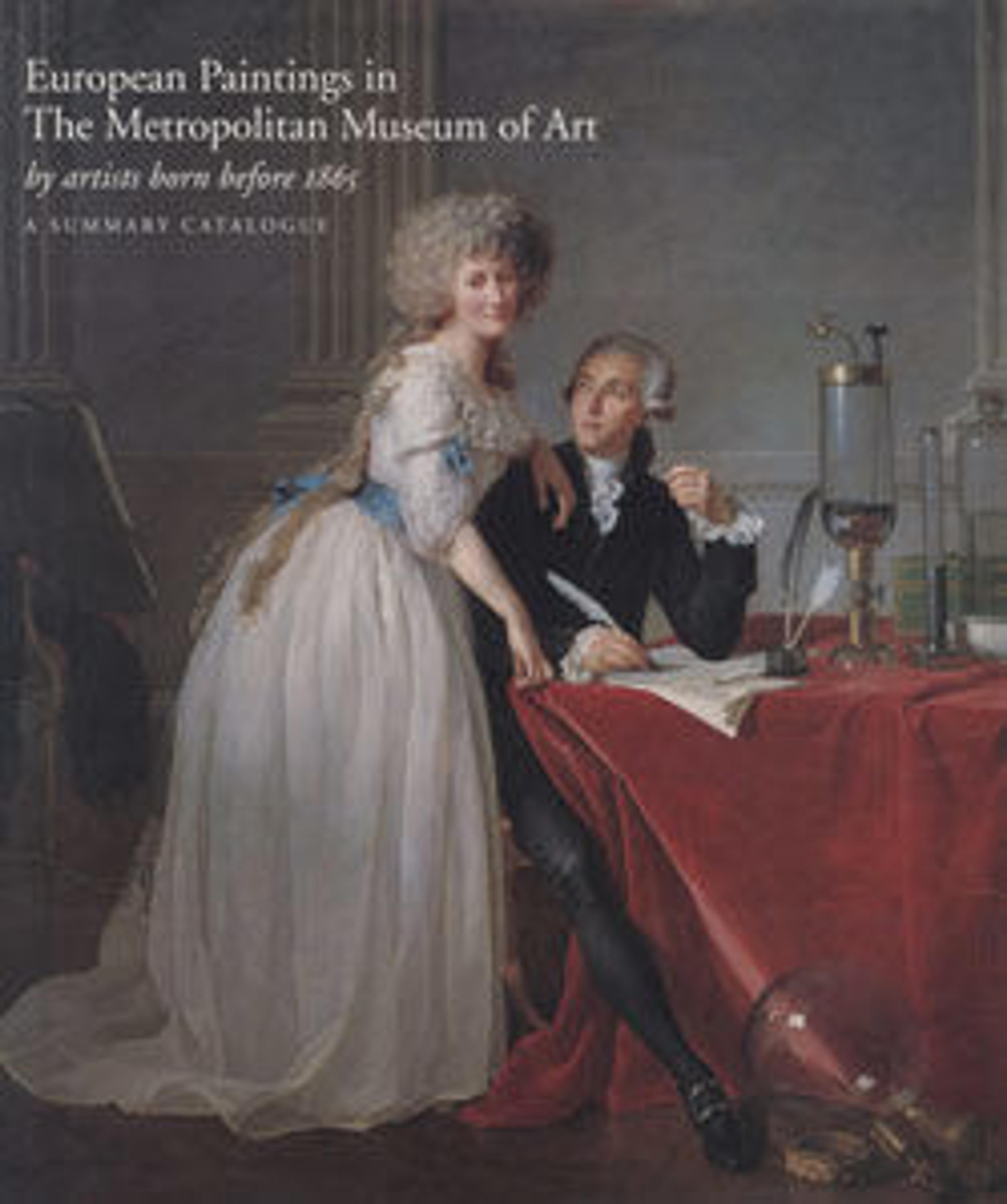A Road in Louveciennes
This picture, which is in effect drawn directly with paint, was almost certainly executed out-of-doors about 1870. The site is in the village of Louveciennes, west of Paris, where Camille Pissarro lived and worked in 1869-70 and was inspired to paint the same motif, but from a different vantage point (National Gallery, London). At the time, Renoir was staying nearby with his parents, who had retired to Voisins.
Artwork Details
- Title: A Road in Louveciennes
- Artist: Auguste Renoir (French, Limoges 1841–1919 Cagnes-sur-Mer)
- Date: ca. 1870
- Medium: Oil on canvas
- Dimensions: 15 x 18 1/4 in. (38.1 x 46.4 cm)
- Classification: Paintings
- Credit Line: The Lesley and Emma Sheafer Collection, Bequest of Emma A. Sheafer, 1973
- Object Number: 1974.356.32
- Curatorial Department: European Paintings
More Artwork
Research Resources
The Met provides unparalleled resources for research and welcomes an international community of students and scholars. The Met's Open Access API is where creators and researchers can connect to the The Met collection. Open Access data and public domain images are available for unrestricted commercial and noncommercial use without permission or fee.
To request images under copyright and other restrictions, please use this Image Request form.
Feedback
We continue to research and examine historical and cultural context for objects in The Met collection. If you have comments or questions about this object record, please contact us using the form below. The Museum looks forward to receiving your comments.
